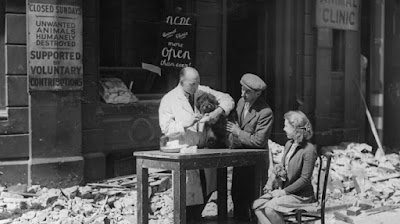I find it interesting that this weapon is still around, considering it's history. Now days someone would have stolen it, I think. Sad, but true.
The murder weapon
Mandel Ngan/AFP/Getty ImagesMandel Ngan/AFP/Getty Images
For a gun that had such a monumental impact on American history, the weapon fired by John Wilkes Booth is surprisingly diminutive. Fashioned from brass, the derringer pistol weighs barely 8 ounces. The gun, which discharged a single .44-caliber lead ball, was easily concealed by Booth but accurate only at close range. Since he had only a single shot as ammunition, Booth had only one chance to kill the president. The pistol is on standing display in Washington, D.C., at Ford’s Theatre, but through May 29, 2015, it is part of the theater’s special exhibition, “Silent Witnesses: Artifacts of the Lincoln Assassination,” which also includes items on loan from the Smithsonian Institution, including the custom-made Brooks Brothers overcoat and iconic stovepipe hat that Lincoln wore the night of the murder. Also part of the exhibition are the contents of Lincoln’s pockets the night of the assassination, which included a linen handkerchief, two pairs of glasses, a pocketknife and a $5 Confederate note that he likely received days earlier when touring the fallen Confederate capital of Richmond.
Nice looking pistol, even though it's a murder weapon with a scary history. Sure surprised me, ya know?
Coffee out on the patio this morning.
















